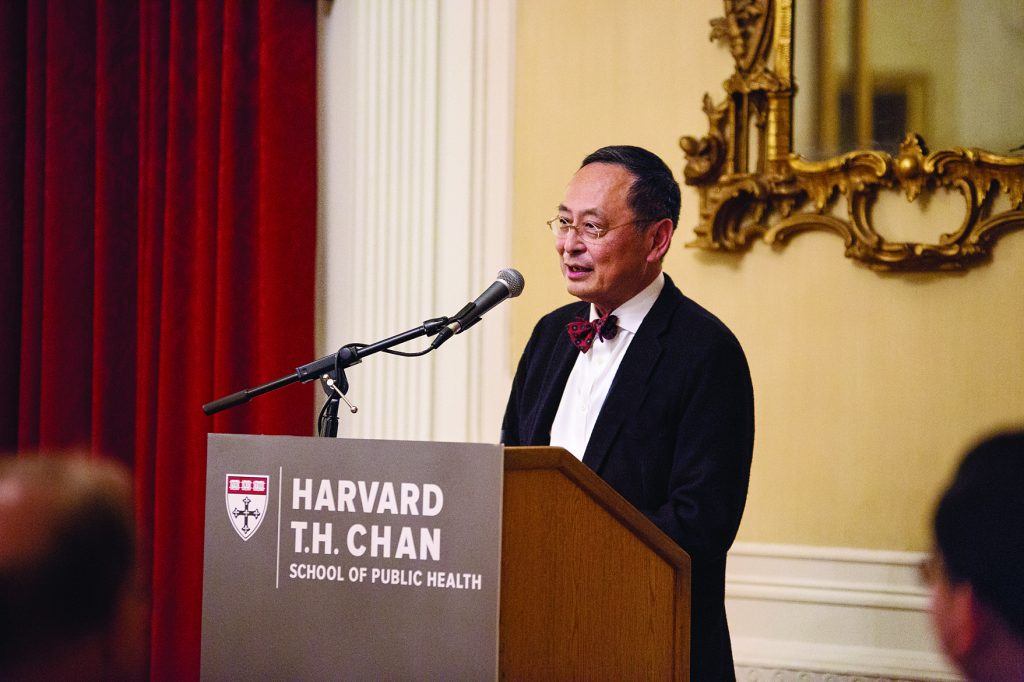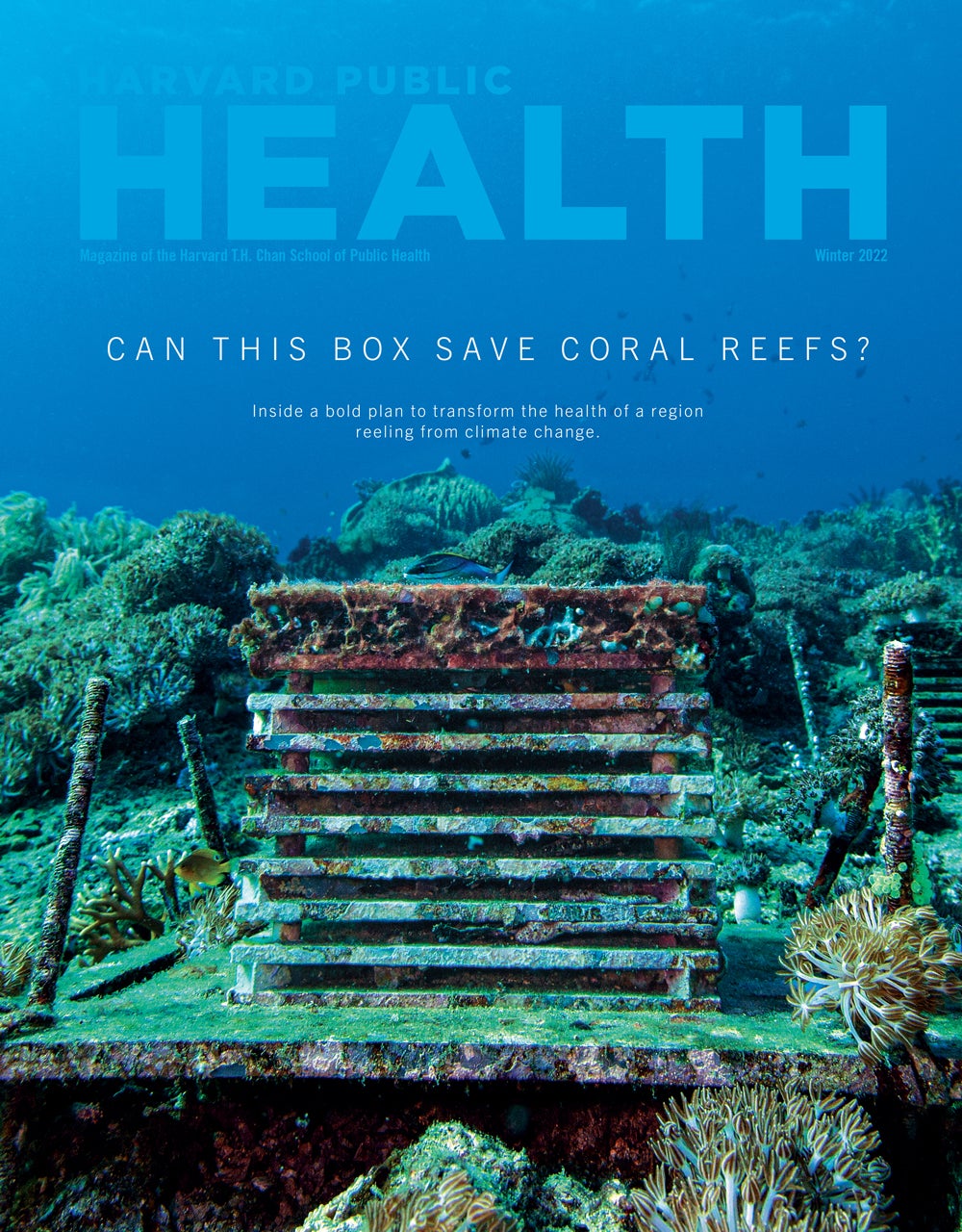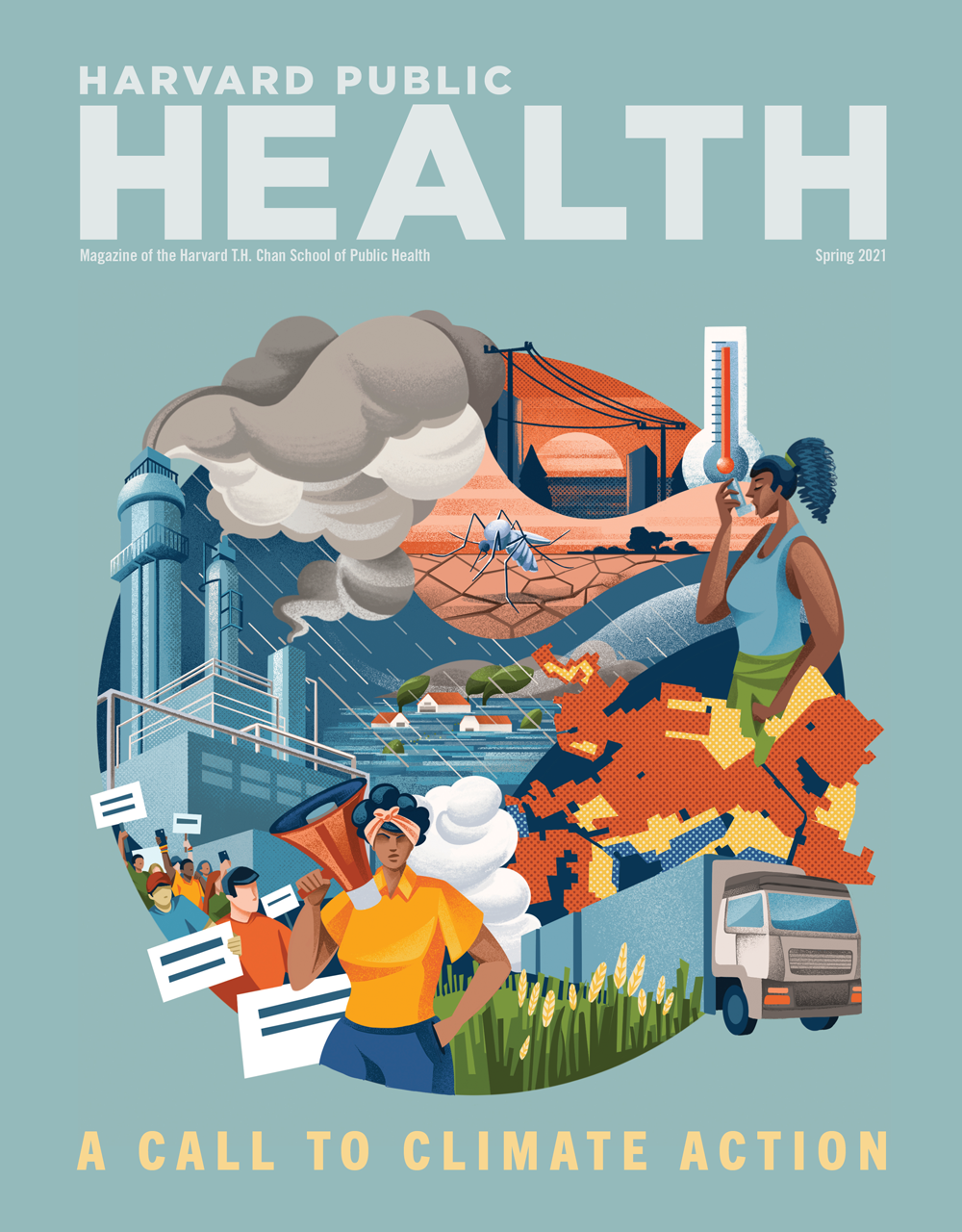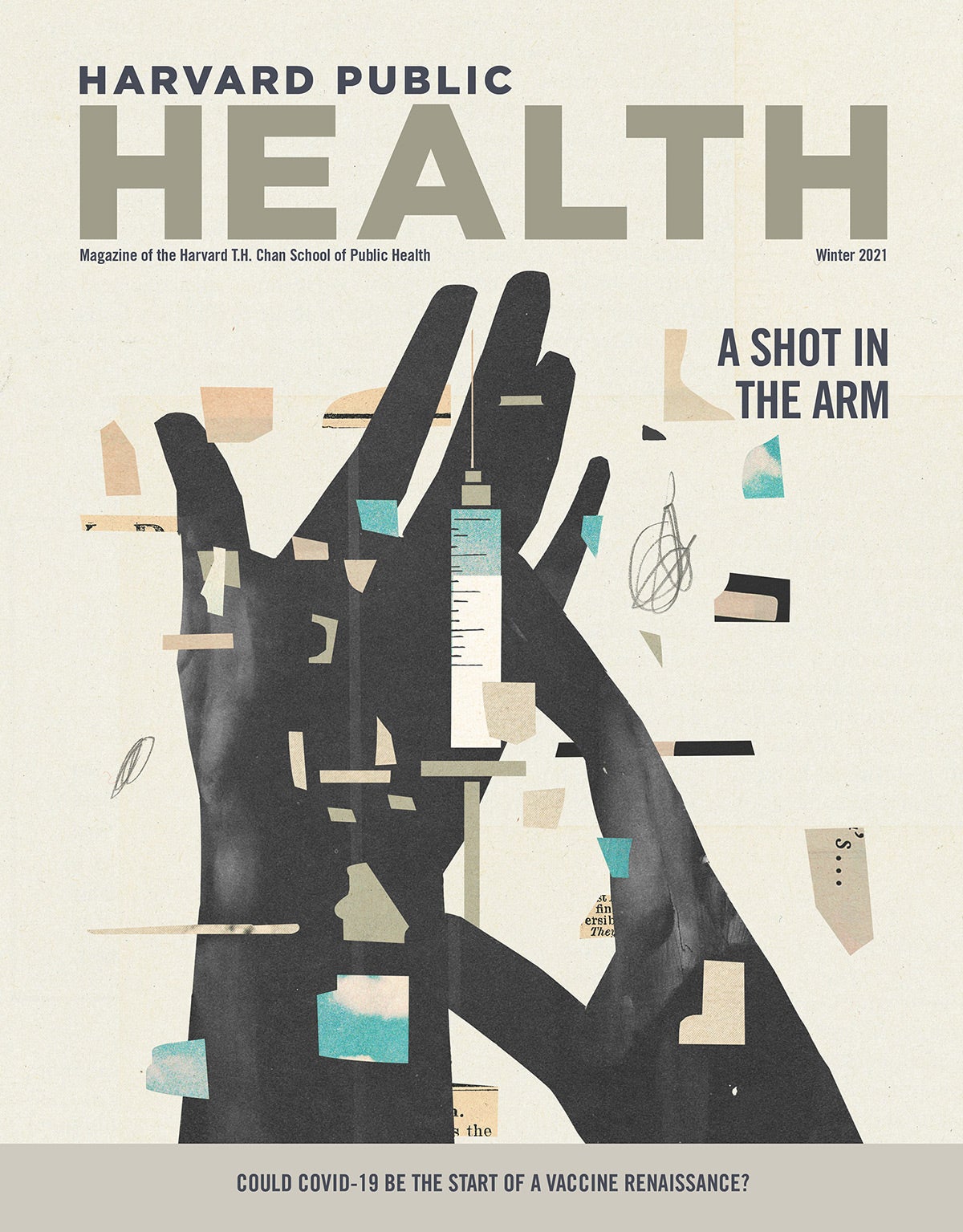Adapted from comments made at the dinner in honor of the benefactors of the Lee Kum Sheung Center for Health and Happiness, at the Harvard T.H. Chan School of Public Health. The dinner was held at the Loeb House at Harvard University on May 10, 2016.
Our gathering here this evening marks a historical moment—not only because the School now has a new academic unit, the Lee Kum Sheung Center for Health and Happiness, but because in establishing this Center, the academic community is rectifying a deficiency that has persisted for 240 years.

Counting back 240 years brings us to the year 1776, when the Founding Fathers of this nation, in soaring rhetoric, declared that we hold these truths to be self-evident: that all men are created equal, that they are endowed by their Creator with certain unalienable rights, that among these are life, liberty, and the pursuit of happiness. Through all the years since these words were proclaimed, the academic community has extensively studied life, extensively studied liberty, but scarce has been any academic work done on the pursuit of happiness.
Our colleagues in the medical school study life in the biological sense. Our colleagues in the law school study human life as a legal right possessed by all men by virtue of their personhood. When it comes to liberty, political philosophers throughout the centuries have elaborated rich meanings to liberty, both as pertaining to an individual as an agent with free will and in his relationship to nature, to society, and to polity.
I would like to call your attention to a lecture given in 1958 at Oxford by the philosopher Isaiah Berlin, later published as an essay entitled The Two Concepts of Liberty. In a negative sense, liberty is the absence of domination or interference which inhibit one’s freedom to do what he wills; but in a positive sense, liberty must be about the enablement of each person to reach his potential, not least that he can pursue happiness. One may therefore consider the pursuit of happiness as a form of positive liberty. In concept, this view is very much in line with Aristotle’s view of happiness.
Aristotle’s Nicomachean Ethics is the seminal systematic study of happiness. For Aristotle, happiness is only possible by living a virtuous life that entails the use of reason to attain excellence and human flourishing. While he does not negate sensory and other pleasures as necessary to happiness, Aristotle considers these as external goods, whereas happiness is a good for its own sake and alone can make life desirable and lacking in nothing. Happiness is the final good of the human life; it is also the goal of any political life.
Juxtaposed against Aristotle’s conception of happiness is the Epicurean conception, which stresses pleasure and tranquility, but not to the exclusion of virtue, at least not in its original form. By the eighteenth century, happiness as generally understood in intellectual circles had taken on a much more Epicurean flavor, to stand for well-being, pleasure, and what we may call today a better standard of living. In the ebullient optimism characteristic of that century, it was taken for granted that greater human happiness would ensue from scientific and social progress. It is in this light that we find the language of happiness pervasive in the writings of the Enlightenment thinkers of that period in Scotland, England and France—Hutcheson, Hume, Smith, Priestley, Godwin, Diderot, Turgot, and Condorcet, among others.
Besides the American Declaration of Independence, the year 1776 also saw the publication of A Fragment of Government by Jeremy Bentham, in which he stated “it is the greatest happiness of the greatest number that is the measure of right and wrong.” Thus was laid the foundation of utilitarianism which, in time, became the rubric for a new public morality. As utilitarianism became the dominant framework for evaluating government actions, happiness became both a public policy objective as well as a policy lever. Happiness was no longer just a personal matter in the private realm; it had also become a matter of félicité publique in the public realm. The boldest move by any government came in 1972, when the king of Bhutan established Gross National Happiness as an explicit indicator to guide the development of his nation. In the twenty-first century, the movement to consider happiness in national development agendas has gathered pace around the world.
The nagging problem remains how to measure happiness. In 2012, the United Nations published the World Happiness Report. The World Happiness Index was devised as a tool to measure happiness in different countries. Six parameters went into the construction of the Index, with healthy life expectancy being one of them. The interplay between health and happiness is surely a two-way street. By rigorous academic research, the Lee Kum Sheung Center will generate insights into this interplay. Such knowledge will inform the efforts to promote human happiness. Translated into policy and into the practice of public health, such knowledge will contribute towards the noble goal of maximizing happiness for the greatest number of people.
Life, liberty, and the pursuit of happiness are not only aspirations of the Founding Fathers of America; they are universal aspirations of all men and women throughout the ages. It is noteworthy and befitting that a family from Asia is now enabling the study of health and happiness in this School. For the foresight and for the generosity of the Lee family, we all are most grateful.







